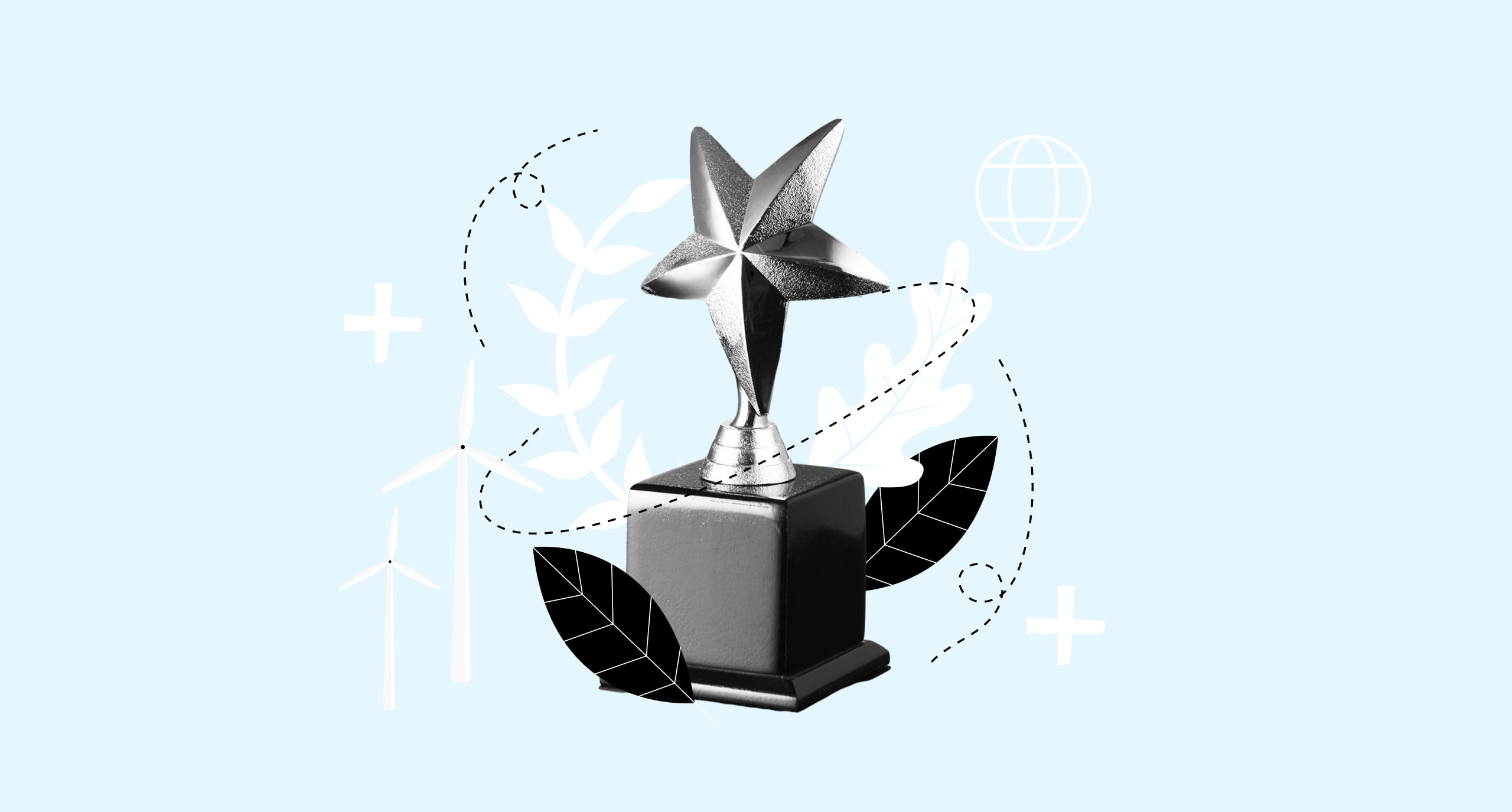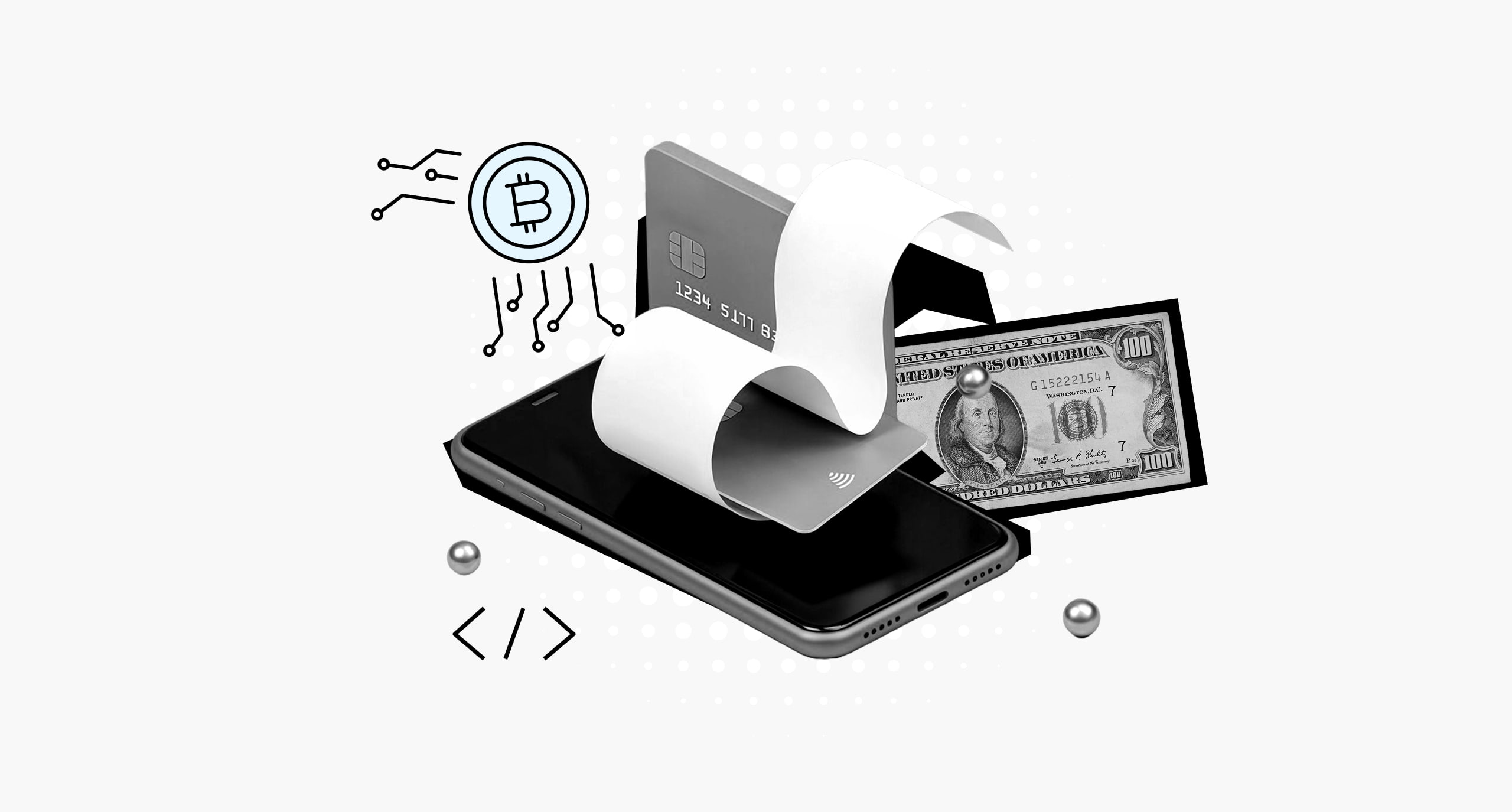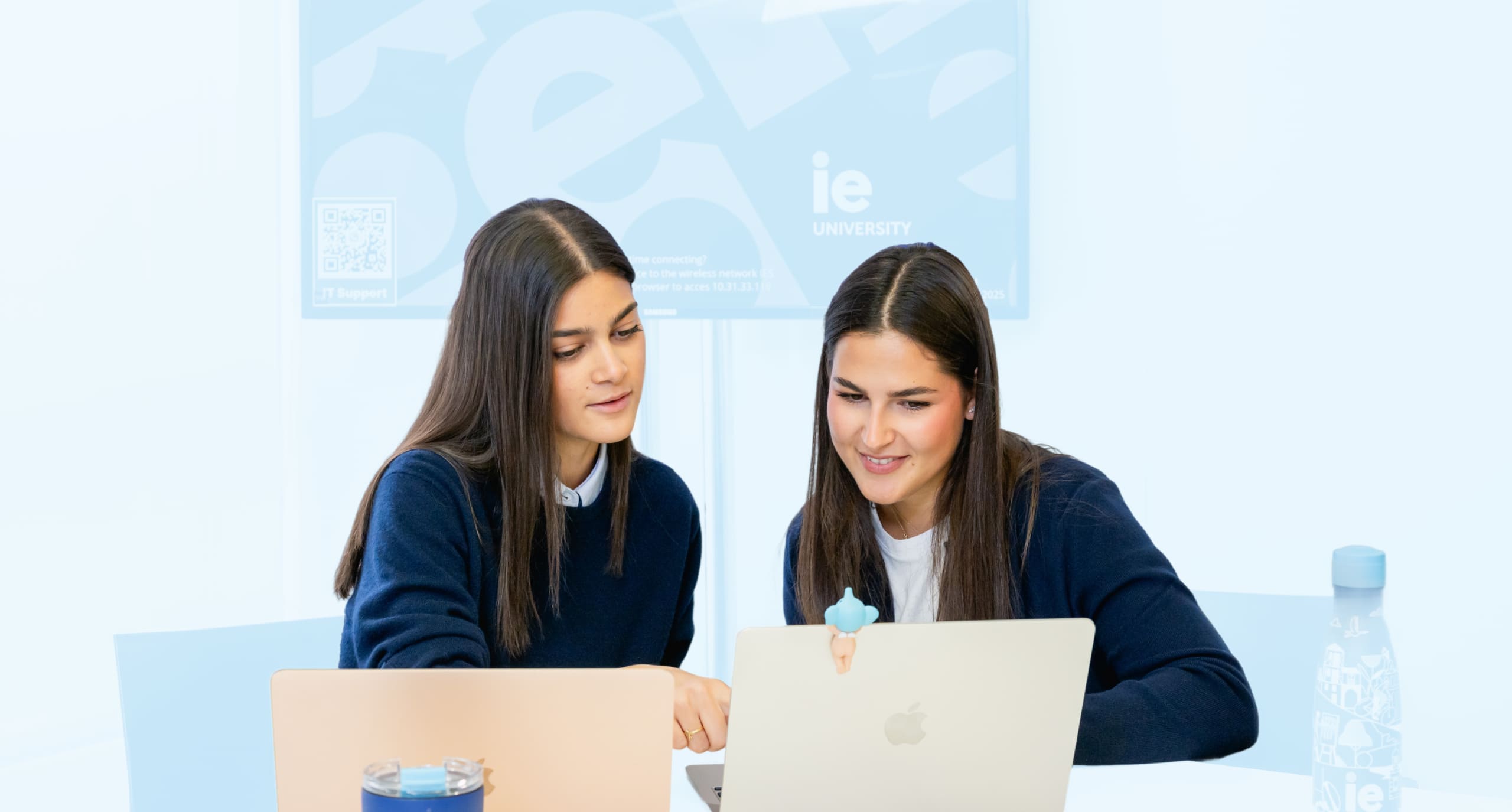Every brand today is fighting for the same limited resource: attention. Content has become endless, but human focus hasn’t grown to match. Each scroll, swipe, and click represents a choice—and in that constant competition, attention has turned into the defining currency of modern marketing.
For brands, this means success no longer depends on who shouts the loudest, but on who connects the deepest. Winning attention requires empathy, creativity, and timing—not noise. To understand how influence really works in this landscape, you first have to understand the economy that powers it.
Want to stand out from the pack? We’ve used insights from IE Business School’s recent Marketing Summit 2025 to show how creativity can make all the difference.
What is the attention economy—and why does it matter for brands?
The attention economy describes the marketplace where focus itself has value. Every time you pause on a post, open a video, or click a story, that moment becomes measurable—and monetizable. Platforms like TikTok, YouTube, and Instagram don’t just sell ad space; they sell human behavior. Their algorithms are engineered to keep you watching, learning more about you with every interaction.
That’s why attention is now both the input and the output of modern marketing. Brands aren’t only competing with each other—they’re competing with the psychological triggers that shape what people believe, buy, and share.
3 quick facts about the attention economy:
1. The average person sees around 6,000 ads per day.
2. Only 0.3% of those are remembered—about 80 in total.
3. Reach is infinite, but recall is scarce.
How has the attention economy changed how we communicate?
Traditional marketing was built on one-way communication: brands spoke, consumers listened. Success meant reach, frequency, and share of voice. Today, communication is participatory and unpredictable. Audiences expect conversation, not campaigns.
That shift has changed everything from tone to timing. The challenge now isn’t crafting a perfect message—it’s maintaining a genuine dialogue. Brands have to listen, react, and adapt in real time. Content has become less about control and more about collaboration.
As attention fragments across platforms, culture itself becomes the medium. A brand’s relevance depends on how naturally it fits into people’s lives. Communication has moved beyond selling to conveying a sense of belonging. That means earning a place inside the conversations people are already having.
In practice, that means:
– Adapting tone to sound human, not corporate.
– Moving from calendar-based to real-time storytelling.
– Treating audiences as co-creators, not targets.
Why not all attention is equal
In a world where every brand is shouting, the kind of attention you earn matters as much as how much you get. Passive attention may deliver clicks or views, but it rarely builds memory, emotion, or trust.
That distinction underpins the rise of creativity as a strategic weapon. During the Marketing Summit held this year at IE Business School, Patricia Morales, Media Manager at KFC Spain, explained how she’s seen this shift firsthand. When KFC was the fifth-largest quick-service restaurant chain in Spain, the brand faced competitors with far bigger budgets. “If we were smaller,” she said, “we needed to punch above our weight. We couldn’t win on volume, but we could win on creativity.”
By centering creativity, KFC turned attention into equity. The brand didn’t chase exposure—it crafted experiences that made people want to engage. That mindset helped KFC move from fifth to third in market position. What changed wasn’t just the content but the intention: from commanding attention to deserving it.
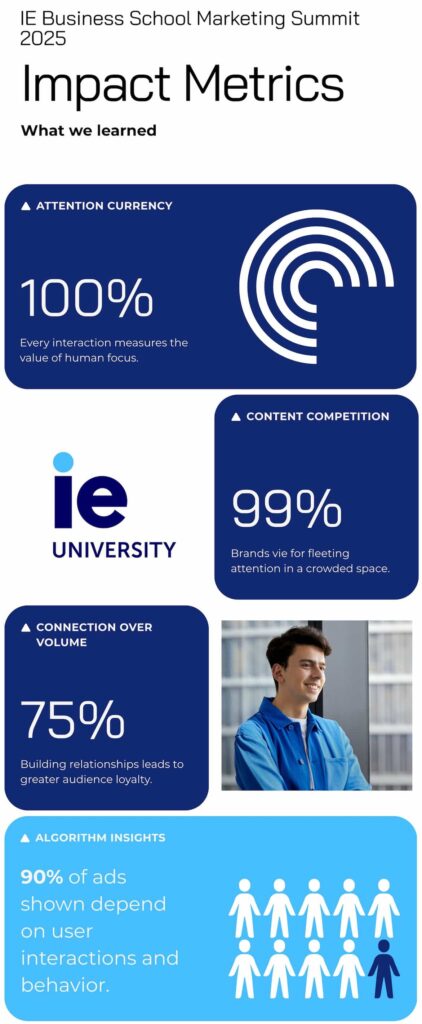
How can brands earn authentic engagement in a distracted world?
Earning attention today means earning trust—and trust starts with authenticity, not algorithms.
KFC’s “Always-ing” strategy captures that idea. Instead of relying on rigid calendars or polished campaigns, the brand focuses on spontaneous, human interaction. No forced “Happy Friday” posts, no corporate tone—just real conversation.
That openness creates space for participation. When fans asked KFC to collaborate with a local influencer, Don Boyo, the brand didn’t ignore it. It listened, responded, and built a campaign around the request. The Don Boyo Menu launched nationwide, sold out within days, and generated massive organic buzz online. People didn’t just consume the campaign—they became part of it.
Key takeaways:
1. Be spontaneous and responsive.
2. Drop the corporate voice.
3. Treat your audience like collaborators.
What can challenger brands teach us about the future of attention?
The attention economy rewards those who move fast, stay authentic, and take creative risks. Challenger brands understand this instinctively. When you can’t win on scale, you win on story.
Even as one of Spain’s top three restaurant chains, KFC continues to think like a challenger. The brand keeps its operations agile and its creative process decentralized. Rather than waiting for top-down approvals, its teams act quickly when opportunity strikes.
That speed—combined with a clear brand voice—has become its biggest advantage.
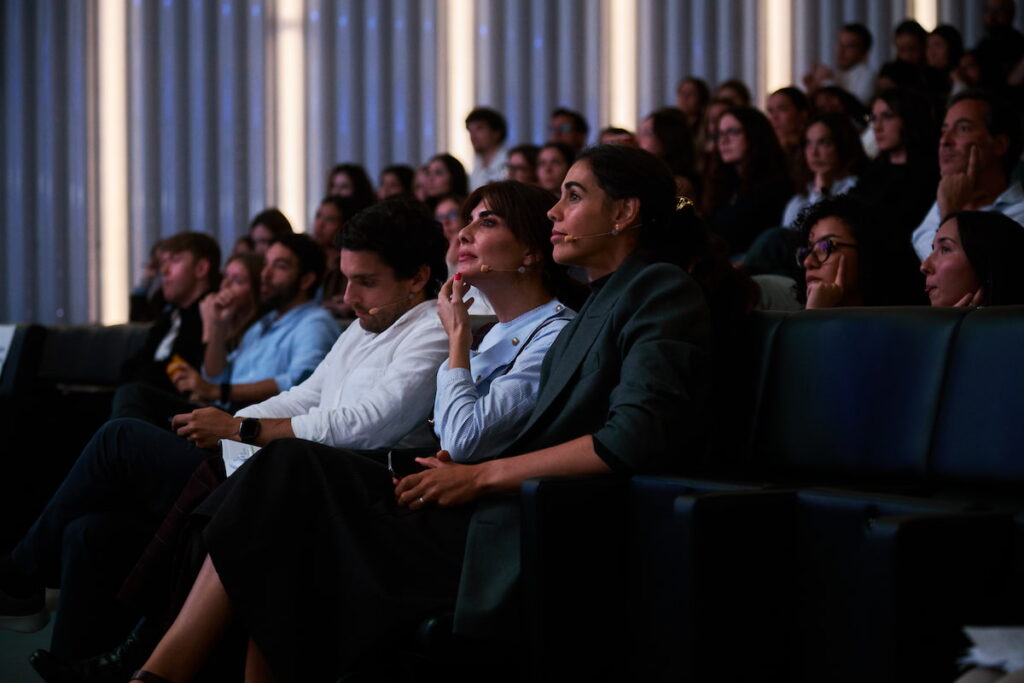
When KFC tested platform-specific creative against a generic “master ad,” the tailored version outperformed it across every metric—engagement, click-through, and sentiment. The takeaway? Attention thrives on relevance. People notice what feels made for them, not at them.
The broader lesson for marketers and leaders is simple: attention is earned through meaning, not manipulation. Creativity, context, and community aren’t soft factors—they’re the infrastructure of modern influence.
Why study marketing at IE Business School?
Much of what we’ve explored here came alive during IE Business School’s Marketing Summit 2025, where leaders from Renault, Estée Lauder, Mondelēz, Fever, Google, and more shared how creativity and data are redefining modern marketing.
Many of the guests also teach at IE—bridging boardroom insight with classroom experience.

At IE Business School, our Programs in Marketing, Communication & Sales are built for professionals ready to do just that. They blend human creativity with technological fluency to help you influence decisions and build meaningful brands in a fast-changing global market.
The Master in Strategic Marketing & Communication is a flagship example—a 360º journey through the real marketing landscape, from storytelling and reputation management to data analytics, sustainability, and leadership.
Because in the attention economy, success belongs to those who understand both sides of the equation: the science of influence and the art of empathy.
Study the Marketing, Communication & Sales
Becoming a next-generation marketing wizard with IE Business School.
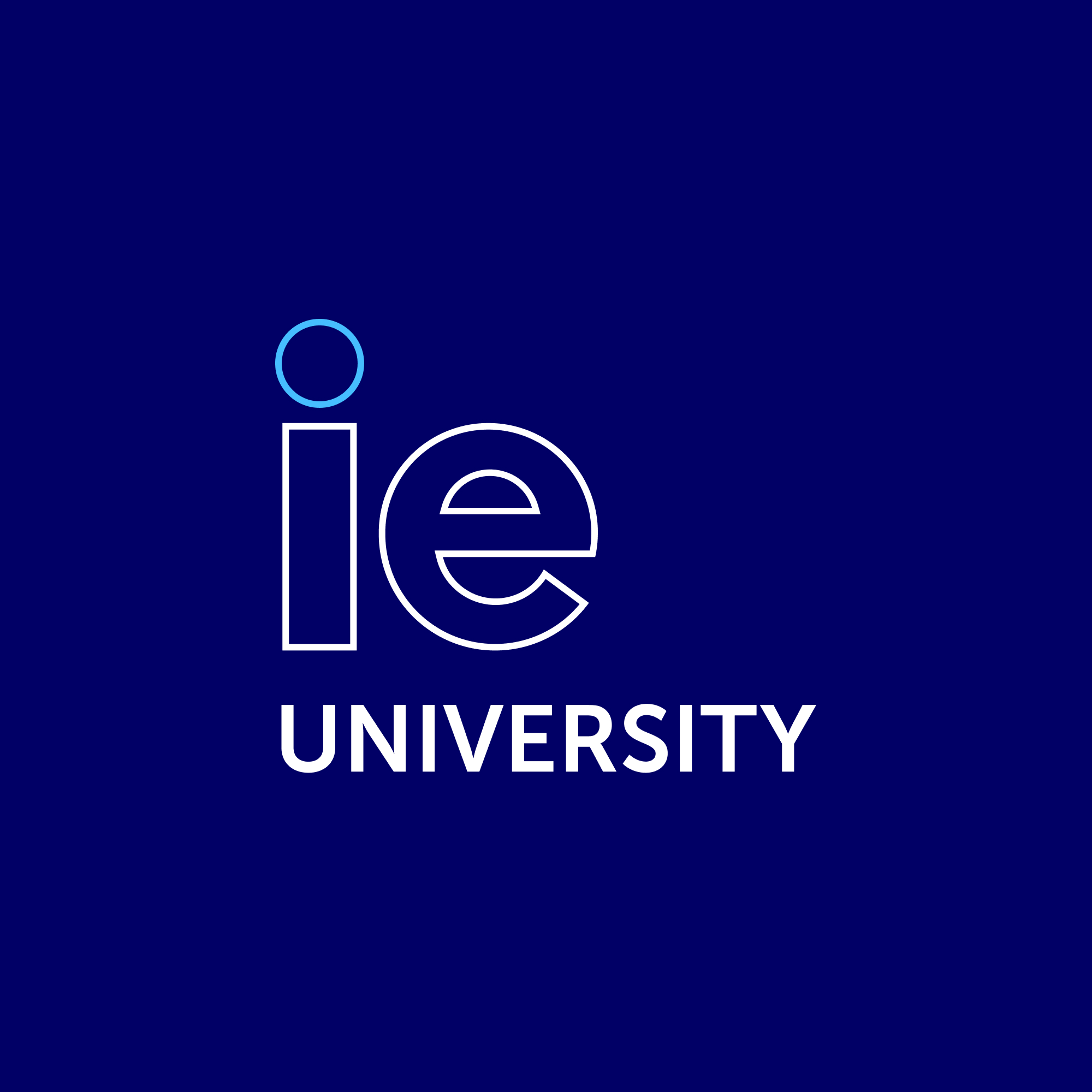
Benjamin is the editor of Uncover IE. His writing is featured in the LAMDA Verse and Prose Anthology Vol. 19, The Primer and Moonflake Press. Benjamin provided translation for “FalseStuff: La Muerte de las Musas”, winner of Best Theatre Show at the Max Awards 2024.
Benjamin was shortlisted for the Bristol Old Vic Open Sessions 2016 and the Alpine Fellowship Writing Prize 2023.


